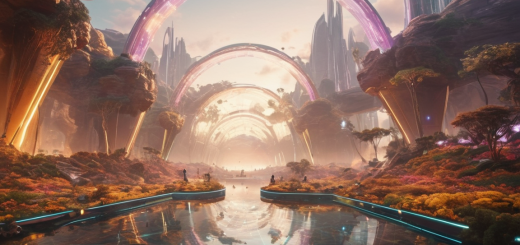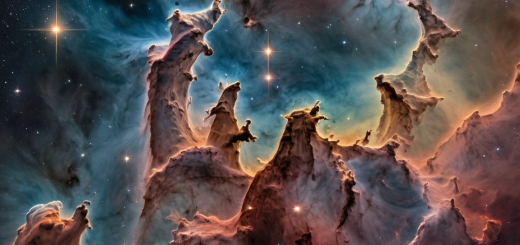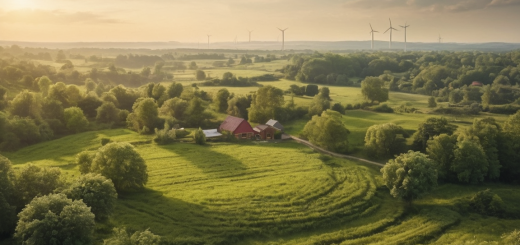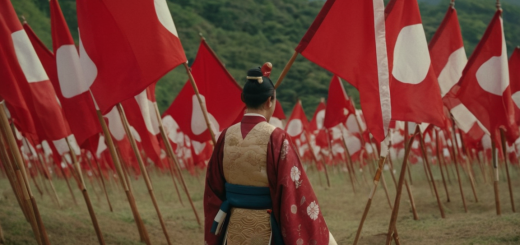Unveiling the Mysteries of Rapa Nui: A Glimpse into the Enigmatic Moai Statues
Unearthing the Secrets of Easter Island’s Moai
The Moai statues of Easter Island, known locally as Rapa Nui, have captured the world’s imagination for centuries. These monumental stone figures have stood the test of time, offering a silent testimony to the island’s ancient civilization and its enigmatic past. In this detailed exploration, we delve into the mysteries that shroud these iconic statues, peering back through the ages to uncover the unknown. Join us on a journey through history as we seek to decode the lore of Rapa Nui and its stoic guardians. 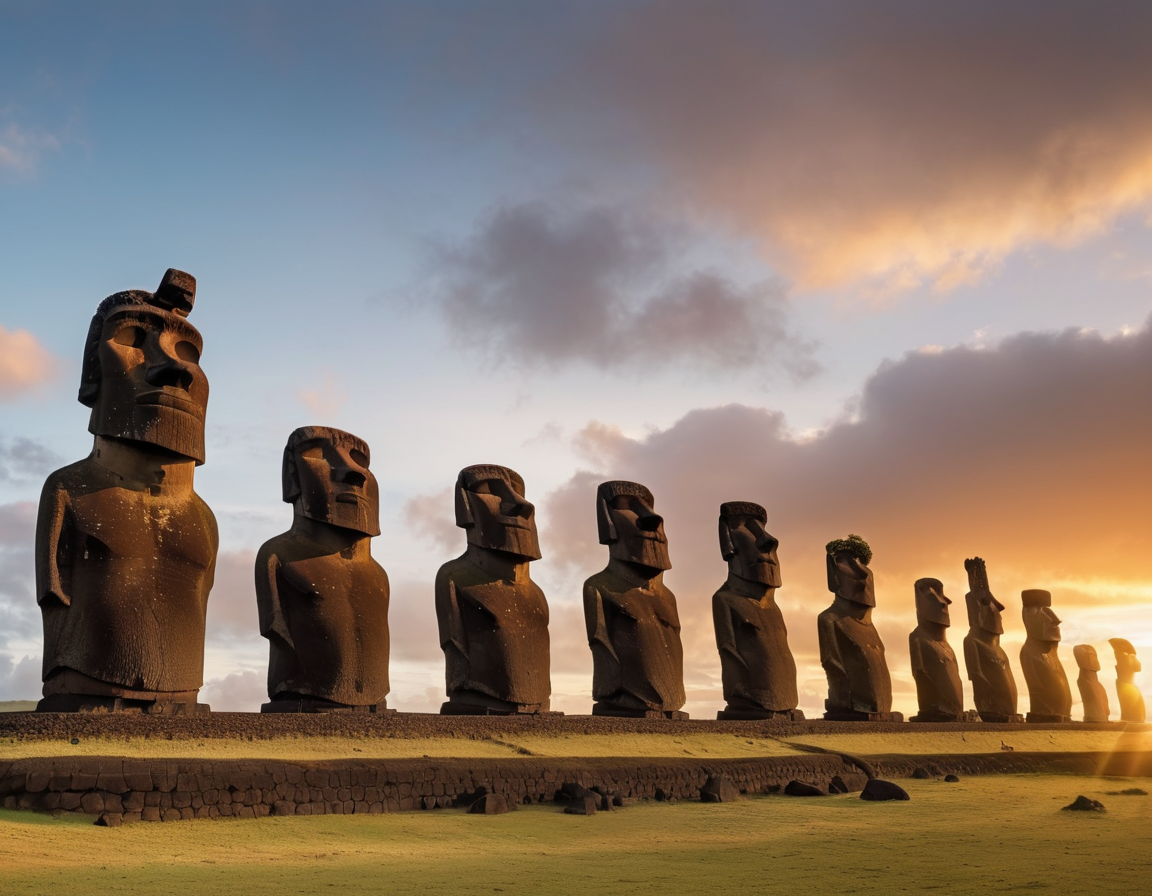
The Origins of Rapa Nui’s Moai
The Polynesian people of Rapa Nui carved the Moai between the years 1250 and 1500 CE. Each statue is chiseled from volcanic tuff, the compressed ash from Rano Raraku volcano, which served not only as a quarry but as a sacred space for the Rapa Nui civilization. With nearly 887 statues discovered to date, historians and archaeologists have tirelessly worked to piece together the methods of creation and transportation used by the islanders—a feat that remains partly wrapped in mystery.
The Significance of the Moai
The towering figures are believed to represent ancestral spirits, known as aku-aku, which protected the inhabitants and bestowed upon them both spiritual and political power. Set upon ceremonial platforms called ahu, the Moai face away from the sea and towards the villages, a likely indication of their role in watching over the living. The largest of these statues stands at an imposing 33 feet tall, and it’s estimated that their creation likely consumed a considerable portion of the Rapa Nui population’s resources and labor.
Mysteries and Theories
Endless theories abound regarding how these colossal figures were transported from the quarry to their respective ahu. Some suggest they were ‘walked’ upright through a combination of ropes and manpower, while others hypothesize they may have been transported on wooden sledges or rolled on logs. Despite various experimental recreations, the exact method remains a topic of scholarly debate. The decline of the Moai-era society is also a subject of speculation, with overpopulation, ecological collapse, and external contact cited as possible factors. 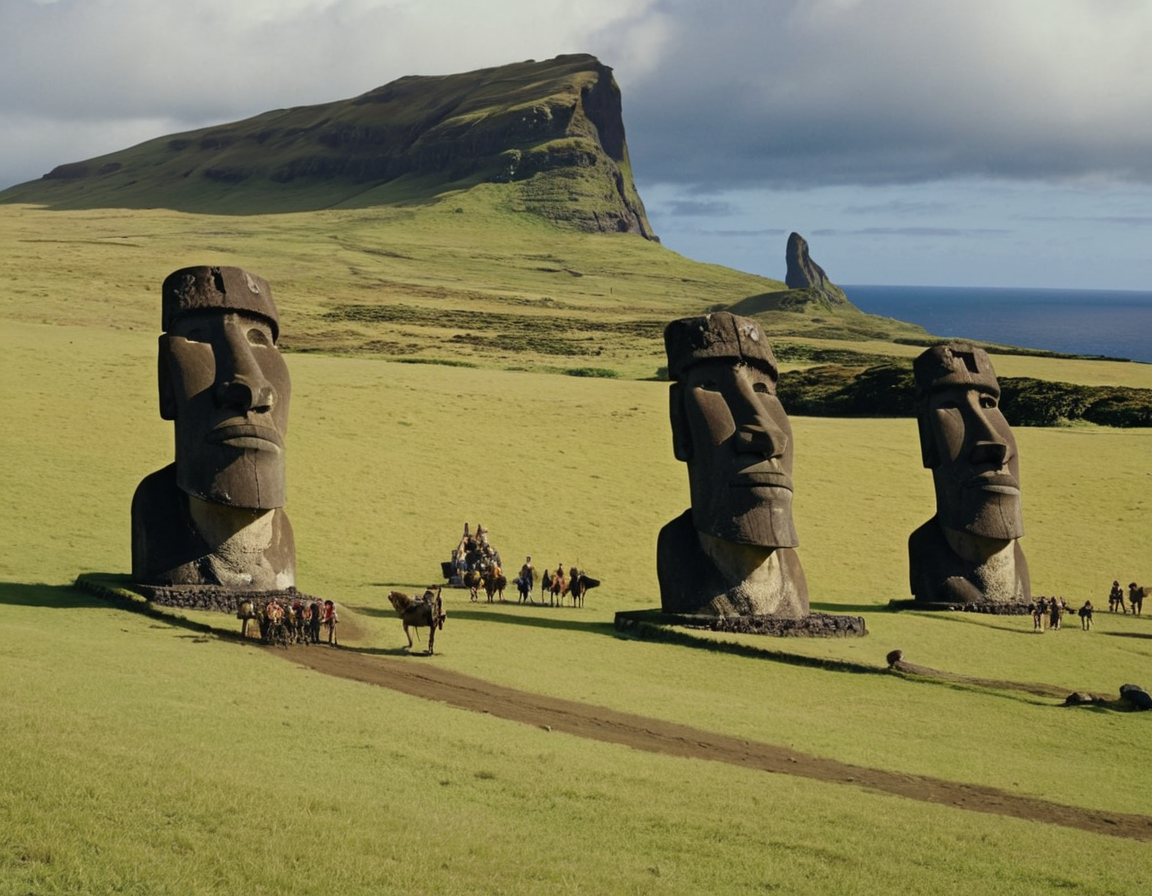
The Moai Today
Today, the Moai stand as a World Heritage Site, watched over by the Rapa Nui National Park. The island has become a site of pilgrimage for those fascinated by ancient civilizations and archeological wonders. As conservation efforts continue, the Moai statues remain a symbol of the ingenuity and mystery that defines human history. Their legacy is not just in the past but in the ongoing story of preservation and understanding of our world’s cultural treasures. 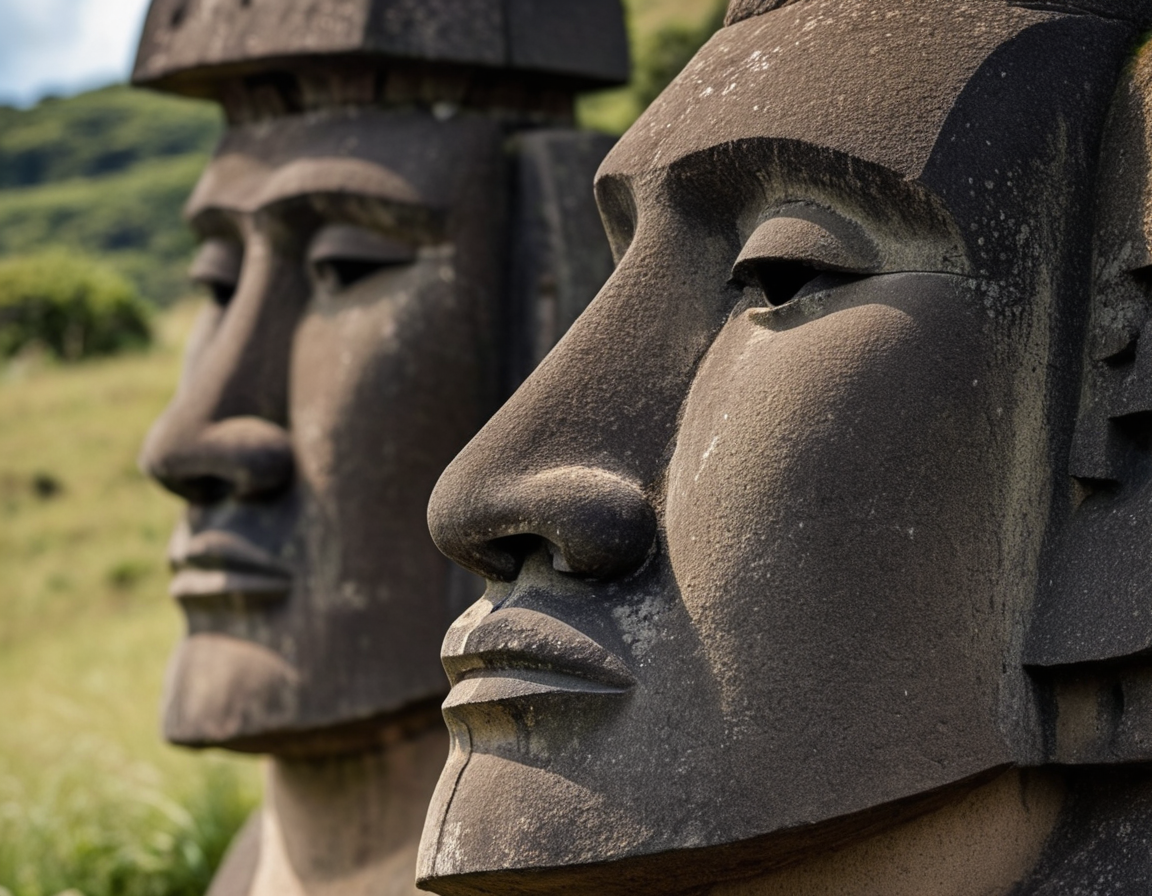
Discovering Rapa Nui
For those looking to experience the majesty of the Moai firsthand, Rapa Nui offers a rich tapestry of history set against the backdrop of the Pacific Ocean’s azure canvas. Visitors can explore the sites, marvelling at the intricate carvings and pondering the ancient way of life that gave rise to these remarkable statues. Yet, even as we uncover more clues and learn more about this island civilization, the Moai continue to hold fast to some of their secrets, challenging us to keep seeking, questioning, and learning. 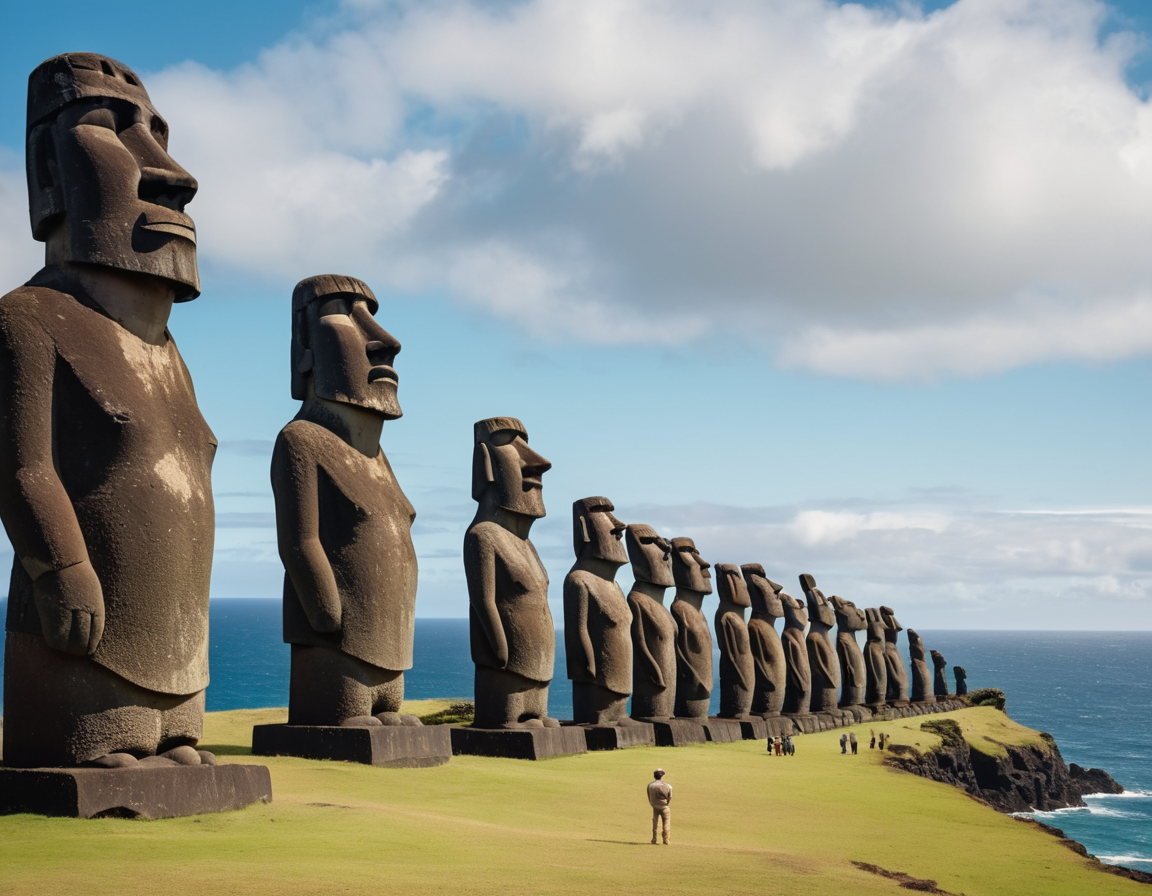
In the narrative of Rapa Nui, we find a story of human creativity, ecological impact, and the enduring quest for knowledge that unites us all. Through the lens of these stone figures, we touch the past and grasp at the threads of a story that is at once deeply specific to this remote island and profoundly universal.
Conclusion
While much has been discovered about the Moai statues of Easter Island, an aura of mystery remains. These symbols of a bygone era remind us of the fleeting nature of civilizations and the powerful legacies they can leave behind. They compel us to reflect on our own society, our stewardship of the environment, and the enigma of human existence. As the Moai keep their silent vigil, we are connected to our ancestral past, and we are reminded of the importance of preserving such wonders for future generations to ponder and appreciate.

